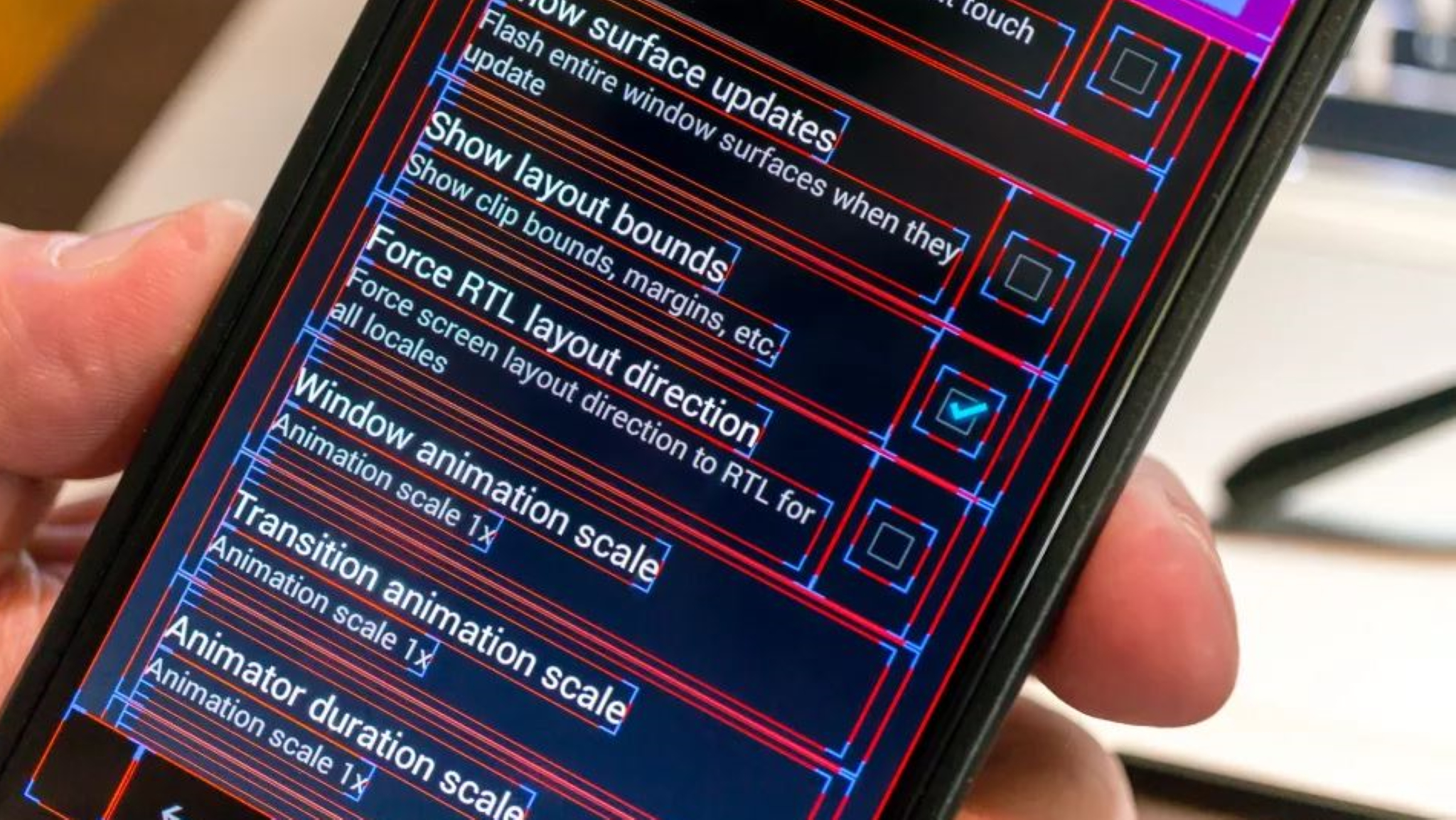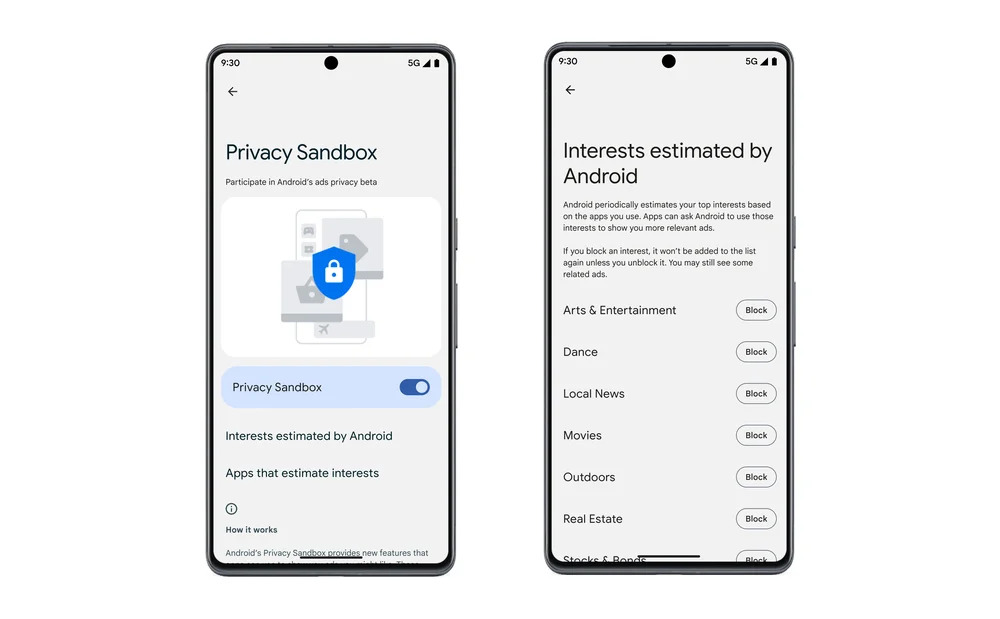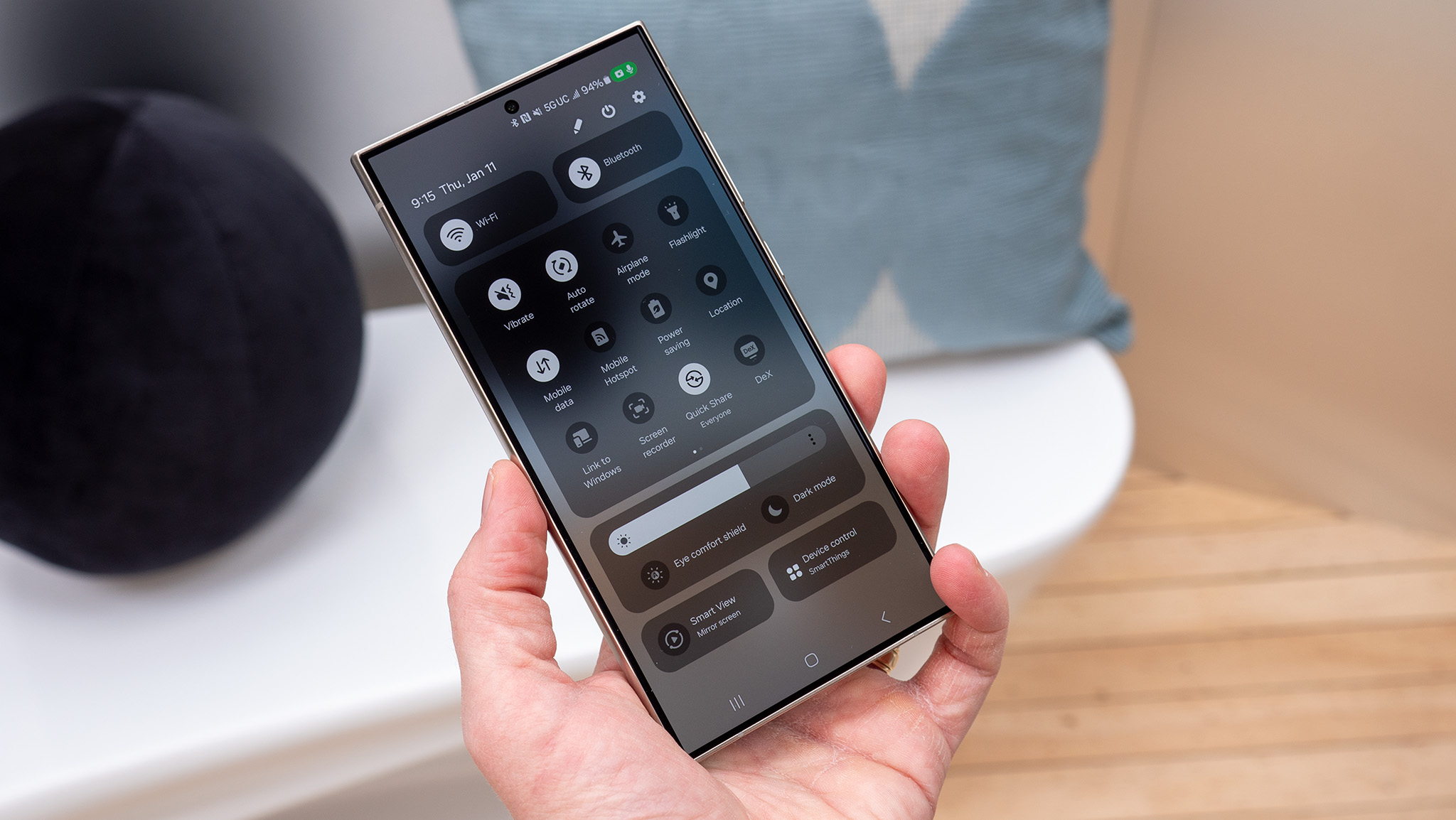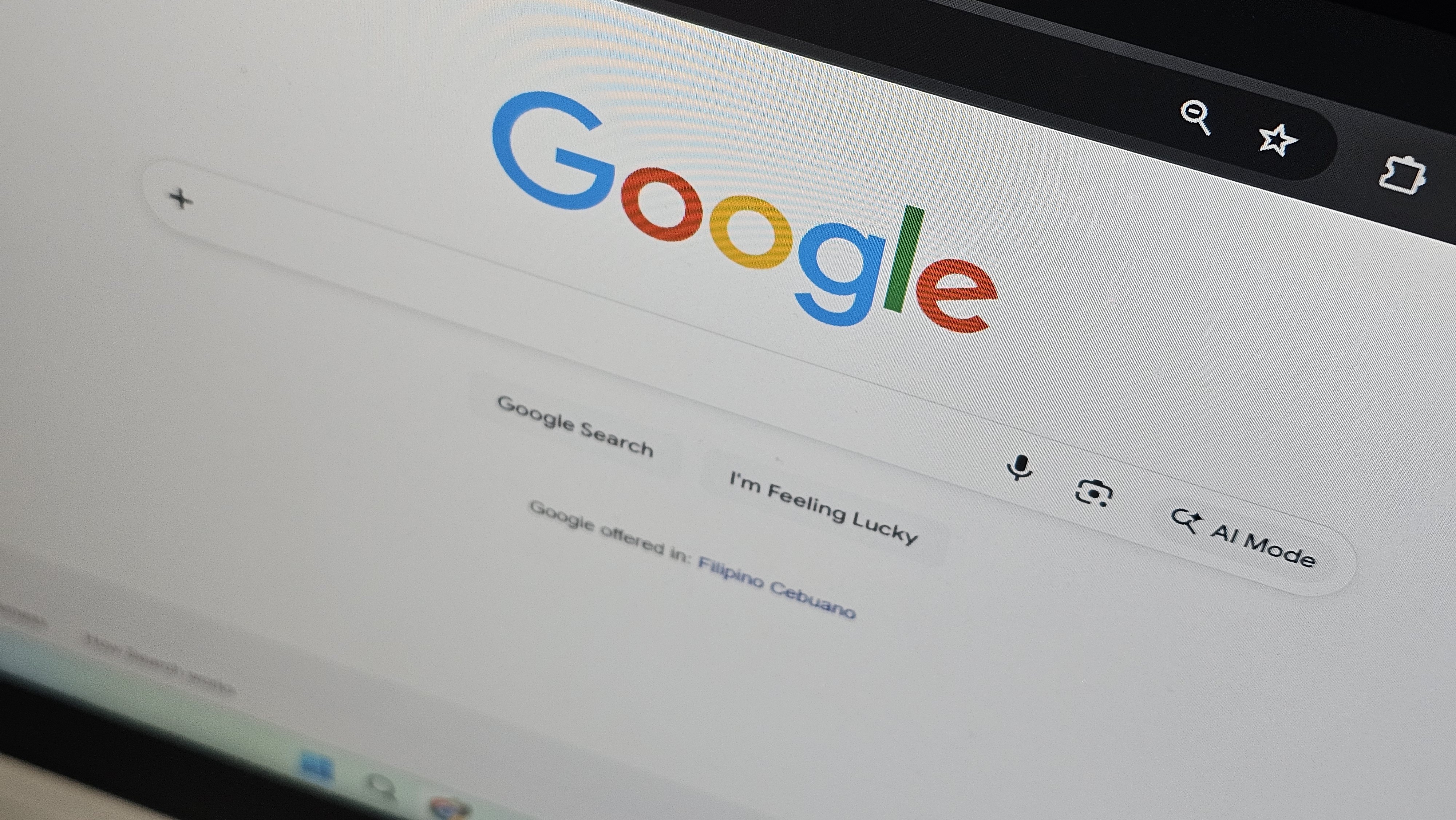Don't install Android 15 right now
If you're smart, you'll steer clear of it.

Writing software is hard, especially for something as complex as the operating system on your phone. When you take millions of lines of generic code and try to wrangle it into something designed for a particular group of phones, a lot can go wrong. That's exactly what's going on when you see companies offer beta versions of the next big software update for your phone, just like what Google is doing with Android 15.
Google does the lion's share of the work with Android and has to make a solid base that works as intended (or close to it). At first, it seems never to work as intended. Case in point: Android 15's first public offering is so broken that the company has pulled the update image, forcing users who want to try it to manually install it.
We always see some sort of issue when a new version goes into early testing. When things are historically bad, you might wonder why Google does it this way. Funny thing is, this is the right way to do it — bugs and all.
You should stay away

You've probably read this a thousand times — you shouldn't install the Android Beta on a phone you intend to use every day. Visit any Android or tech website and you'll read the same thing, and I've been saying it for years, even though I usually end up doing it.
Even Google doesn't think you should install it, especially the first preview versions, before it gets the name beta. Everything you read will tell you about the potential problems you might see and how there is no support given if and when you encounter them.
It can be cool to try out anything new before it goes out to everyone, but it's best left to people who have a second phone to play with or for it's intended audience: Android developers.
Having developers try what Google is cooking up before it's set in stone is a big part of the reason why having a beta program is important.
Get the latest news from Android Central, your trusted companion in the world of Android
Developers, developers, developers

Google enjoys having so many users with so many eyeballs to see ads and provide data that helps it sell them. But Google cares even more about developers who help Android be an entire ecosystem full of services and apps, so we users want to use it. If those developers weren't there, none of us would be either.
Google must work with them, so whatever it plans to do with a new version of Android is developer-friendly. That means it's not too hard to write apps that can use new features or won't break new rules, and updating older apps is a straightforward process.
Getting testing builds of the new version out so developers can try it and provide feedback is a big part of the process. Google might be able to think of something new, but developers will be able to see how it affects them once they can try it. They can then tell Google what they like, what they don't like, and what doesn't work.
Google listens to this feedback; it has to if it wants to keep the developers mostly happy. Android versions eventually reach a point where changes to the inner workings are finished, and it's important to start the process as early as possible if Google wants you to buy an Android phone the next time you need something new.
It's important to remember that some developers, like the software team at Samsung or the folks behind Spotify, for example, are part of the process before any update is made available for testing. It's equally important to realize that the needs of smaller teams or even individual app developers aren't the same as a company like Samsung. Both sets of developers, the big and the small, are important.
The only way to get this sort of insight is to drop preview builds as early as possible.
Google needs some of us to test, too

You already know that you probably shouldn't be playing around with the beta (especially pre-beta dev previews) of Android on your phone. But Google knows that some people are going to do it anyway. Some are even going to do it on a phone they depend on and use as a daily driver. The users who gamble this way are really important, too.
Android 15's first preview just had the OTA (over-the-air) images update pulled because it was totally broken, offering messages that your phone was "corrupted" for too many users when the update was trying to install. We see builds and updates get pulled quite often, and you sometimes need plenty of participants to find these bugs.
Updating your phone software is complicated, and there are plenty of ways it can go wrong. These are sometimes big files being sent, and you need space on your phone to do the work. With so many moving parts, problems arise. When the same problem arises with more than a handful of users, it's important to investigate what's going on.
The only way to do that is to have a big enough pool of data. If a bug affects everyone, it's much easier to diagnose and fix than something that only affects some people. It's important that enough users encounter problems if Google wants to try to fix them. The best way to see more users with problems is to have a lot of users in the first place.
Not just Google

Developer previews and beta programs are important for any big software project, not just Google's Pixel version of Android. That's why Samsung has One UI test programs, and Microsoft has its insiders. Even Apple likes to send buggy test builds out to anyone willing to give them a try.
Android betas are particularly important to Google, though, because it has two versions of Android it's working on — the software that runs on Pixel phones and the base of Android that everyone uses. That base has to be great; stable, and mostly bug-free. It's much more important to Google as a company than the Pixel software, but sending it to willing participants who use a Pixel is a good way to test both versions.
Android 15 officially becomes beta software in April, and it will still be pretty buggy once that happens. It's just important that enough eyes see those bugs, along with developers testing how new features are implemented. The Android Beta Program may be messy, but it's really the best way to do it.

Jerry is an amateur woodworker and struggling shade tree mechanic. There's nothing he can't take apart, but many things he can't reassemble. You'll find him writing and speaking his loud opinion on Android Central and occasionally on Threads.
